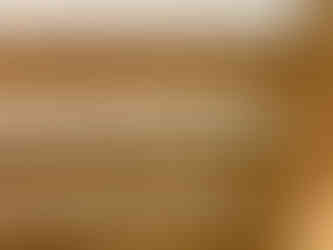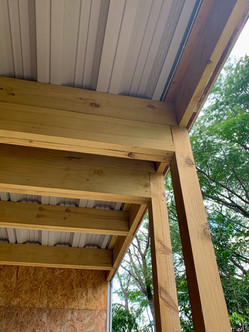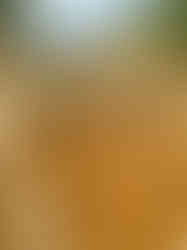Structural joints
- Arq. Diana Benavides Jenkins
- Jul 11, 2023
- 2 min read
Always under the principle of sustainability, our construction system proposal maintains wood as the structural base in a strict modulation that optimizes the necessary materials.

In our search to optimize, and this optimization is reflected in construction costs, we have had the support of the Italian company Rothoblaas; they have closely monitored the project by proposing a series of high-tech connectors that allow us to attach structural elements cleanly and safely.
The union of the floating concrete slab of the foundation and the wooden structure consists of two elements. Firstly with SKR-CE screws, which anchor the lower piece of the framework of the wood structure without the need for spanning or another transition element, and thus, they assume the shear loads produced by lateral forces such as earthquakes or wind, achieving a safe anchorage inside the walls and a neat architectural finish. The connection to the slab is by steel WHT plates, which assume tensile loads and allow the structure to remain stable in the case of an earthquake or other eventuality.
Another series of essential bolts for the structure are called VGZ, which assumes the main loads due to the structure´s Own Weight and Dynamic Loads. The VGZ also provides aesthetic and constructive benefits since they are almost completely hidden, and are fast and easy to install.
The HBS screw is a countersunk head screw for carpentry joints, which allows us to make Ductile Joints. In the project, it was used, among other things, to laterally join 2" floor beams to form a single 4" beam, which also could be joined together with VGZ screws making composite beams made of 4 pieces of wood, resulting in beams of greater thickness and camber, the HBS was also used for the placement of the OSB, guaranteeing its structural performance by absorbing the shear of an earthquake; they were also in pieces in the framework, coffered ceiling, balconies and other elements where support is by gravity and the screw is responsible for keeping them in place. We also use the TBS screw, which has the same geometry and use as the HBS, what changes is the head, since it has a wide head, which means that it does not penetrate as much into the wood and is not so hidden.

The solutions provided by Rothoblaas have allowed us to maintain a constant workflow due to the simplicity and adaptability of the joints; they have helped us to keep a lower budget for the connections since the vast majority are solved with screws instead of angular or joint plates; in addition, the effect given by the almost completely hidden screws is highly pleasing, which makes it appear as if the beams are floating without any visable connection element.






























Comments